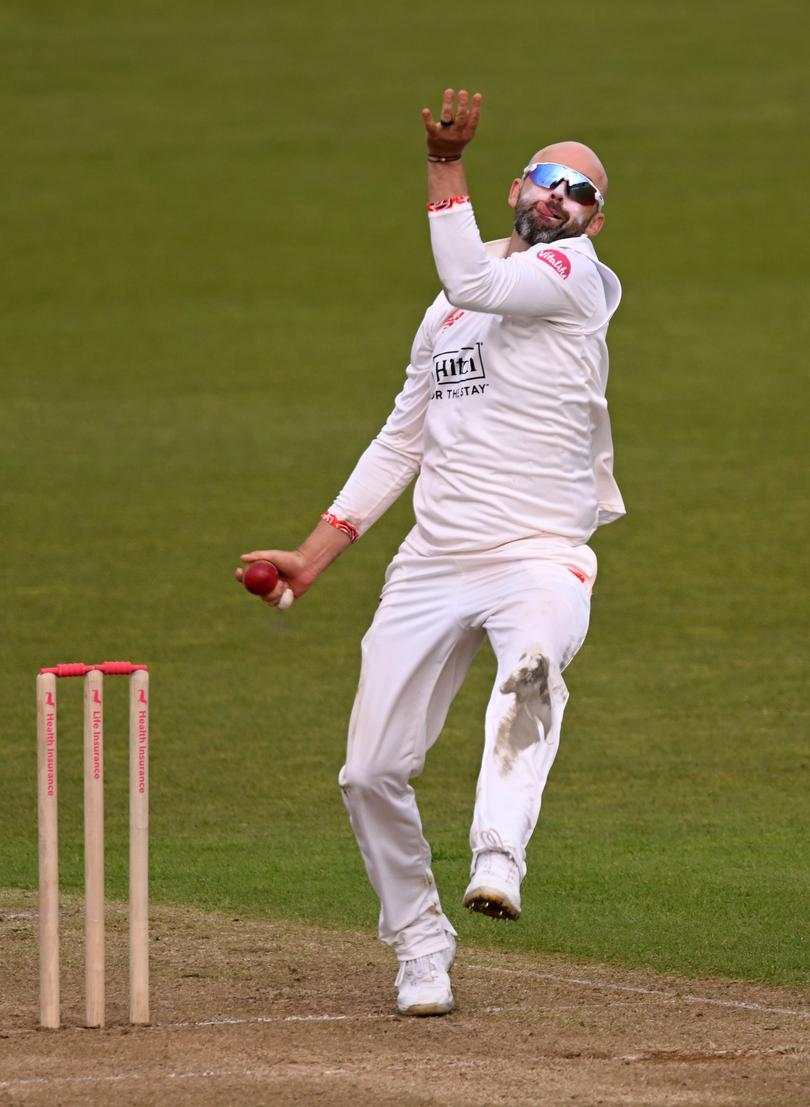MITCHELL JOHNSON: How a big change in English county cricket has the Poms bowled over

With the eyes of much of the cricket world on the Indian Premier League, an interesting experiment has been playing out in English county cricket to begin the new season.
It was out with the traditional Dukes balls and in with the Kookaburras as part of a trial over the first two rounds.
And the result? Mountains of runs and just one result in 18 matches.
Sign up to The Nightly's newsletters.
Get the first look at the digital newspaper, curated daily stories and breaking headlines delivered to your inbox.
By continuing you agree to our Terms and Privacy Policy.After the explosion in scoring, all fingers are being pointed in one direction – the Kookaburra ball.
Conditions have been pretty normal for the UK early in the season, with some rain and dampness around. The big difference is the ball.
It will be interesting to see whether scoring comes down when the Dukes ball comes back on Friday.
English cricket appears torn over the merits of the Kookaburra.
The Midddlesex and Northamptonshire coaches had both had enough of the experiment after their teams piled on more than 1100 runs for the loss of just eight wickets over four days, while Surrey’s Alec Stewart labelled it “the worst decision ever”.
But despite all nine second round matches ending in draws, England men’s team director Rob Key was thrilled with what he saw.
Key said English cricket would be much better off for using the Kookaburra full-time and lamented the help the Dukes ball gave to seamers who lacked pace, saying “watching medium pacers is a waste of time”.
The ECB said last year the Kookaburra trials were about gathering data on how it impacted the use of spinners, lower-pace seamers, and the overall balance between bat and ball.
I’m not sure why they felt the need. Maybe they wanted their bowlers to improve their skills with a ball that does less.

You learn skills like bowling a cutter and other variations, while field placings become more important and also setting the batsman up.
Or maybe they want more outright fast bowlers like a Mark Wood or a Jofra Archer, who help with the balance of a good bowling attack.
A lot of bowlers who have bowled with a Dukes ball will say how good they feel in the hand. I certainly enjoyed bowling with them, even if results weren’t always in my favour.
The Dukes ball felt smaller in my hand than a Kookaburra ball, and while the seam is a little slimmer it stands up more. That’s why you see seam movement and swing.
The old Kookaburra balls when I started playing first class cricket were a really nice ball. They swung early and had a nice seam on them. But that changed many years ago, probably halfway or so through my career, and they haven’t been as good since.
We even tried the Dukes ball in Australian first class cricket for half a season and saw bowlers enjoy the rewards of bowling with a ball that swung for a while longer and had seam movement.
It’s interesting to see the Poms now doing the reverse.

Maybe the Dukes ball does do too much for too long. But I would argue the modern Kookaburra does too little and becomes much too easy to hit. So you lose the battle between bat and ball again.
In the end you just get on with it and play with what you’re given as a bowler. Even when conditions aren’t in your favour, you find ways to bowl in any conditions and that’s how you get better as a player.
And the same goes for batters. When you have to face a swinging, seaming ball you learn skills in how to combat that such as good leaves, good defence and attacking when it’s in your zone. That’s what makes red ball cricket exciting. Patience and putting a price on your wicket is something I remember Ricky Ponting always talking about.
Regardless of the type of ball, the pitch and the conditions, a bowler won’t have much success in England without bowling in the right areas.
For example, I was a hit the deck type of bowler so my length was a touch shorter than James Anderson’s for instance. That meant I needed to bowl fuller to get a nick otherwise I was too short and any seam movement would miss the outside edge.
All bowlers pick up different skills and tactics in varying conditions around the world. But ultimately, cricket needs to see a good battle between bat and ball.
